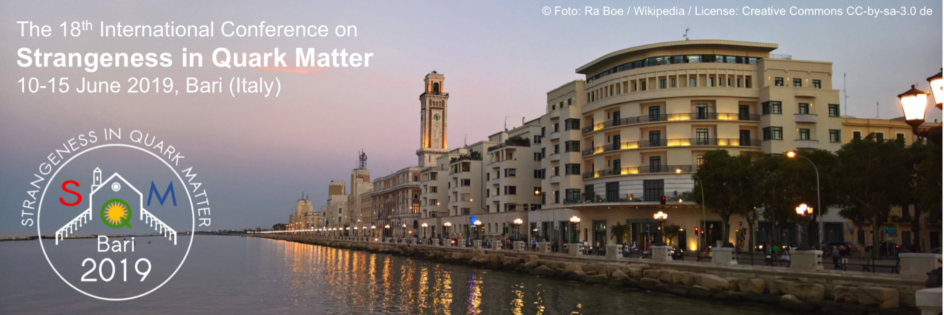Speaker
Description
Low-mass dimuon production, including pairs from the light neutral mesons $\eta$, $\rho$, $\omega$ and $\varphi$, provide key information on the hot and dense state of strongly interacting matter produced in ultra-relativistic heavy-ion collisions. The properties of this medium and its effect on particle production, such as the strangeness enhancement and chiral symmetry restoration, can be studied via the observation of the modified yields of these mesons. The dimuon decay channel of these mesons provides a clean probe without strong final state interactions. The study in pp collisions, in the absence of cold nuclear matter effects, provides a baseline for a better understanding of the different processes contributing to the production of dimuons.
ALICE studies low-mass dimuon production with the Muon Spectrometer at forward rapidity 2.5 $<$ $\it{y}$ $<$ 4. Observations in pp collisions at different center-of-mass energies $\sqrt{s}$ = 2.76, 5.02, 7, 8 and 13 TeV allow the characterization of the $\varphi$ and $\omega$ meson production as a function of transverse momentum ($\it{p}_{\text{T}}$) covering a maximal range from 0 $<$ $\it{p}_{\text{T}}$ $<$ 10 GeV/$\it{c}$ at $\sqrt{s}$ = 13 TeV. These measurements allow the possibility to test the energy dependence of the different cross sections for 1.5 $<$ $\it{p}_{\text{T}}$ $<$ 5 GeV/$\it{c}$.
The large amount of data collected by ALICE at $\sqrt{s}$ = 5.02 and 13 TeV allows a new study of the double-differential $\it{p}_{\text{T}}$-$\it{y}$ dependence of the cross section for the $\omega$ and the $\varphi$ mesons.
| Track | Strangeness and Light Flavour |
|---|---|
| Collaboration name | ALICE |
